Advertisement
In the rapidly evolving world of artificial intelligence, OpenAI reasoning models stand at the forefront of a transformative technological revolution. These models are not just designed to understand information but to interpret, evaluate, and make logical decisions. As industries strive for smarter and more adaptive AI, reasoning models provide the structure needed for machines to perform tasks that once demanded human cognitive skills.
From chatbots and diagnostics to complex simulations and strategic planning, OpenAI's advancements are revolutionizing how AI thinks and acts, inspiring a future of boundless possibilities. In this guide, you'll explore what OpenAI reasoning models are, their key features, benefits, and real-world applications.
OpenAI reasoning models are a class of advanced AI systems designed to process and analyze data using logical structures similar to human reasoning. Unlike basic language models that generate text based on patterns, reasoning models can draw conclusions, solve problems, infer missing information, and handle tasks that require deep understanding and analytical thinking.
At their core, reasoning models integrate symbolic reasoning (logic, rules, and knowledge graphs) with neural networks to strike a balance between precision and flexibility. This hybrid approach enables them to operate across various domains, from creative writing to scientific modeling, with a contextual understanding.
OpenAI's newer models, such as GPT-4.5 and GPT-4 Turbo, demonstrate significant improvements in multi-step reasoning, memory utilization, and fact-checking capabilities, bringing them closer to human-like decision-making.
Understanding how these models are used in the real world shows their powerful versatility:

OpenAI reasoning models are not just smart; they are designed to think. Their unique features make them cutting-edge in the field of AI. These features include contextual understanding, chain-of-thought reasoning, code interpretation and problem-solving, memory and learning, goal-oriented behavior, and multimodal integration.
They can follow complex multi-turn conversations or instructions without losing track of the context, improving decision accuracy. This enables smoother, more intuitive interactions, particularly in dynamic or evolving tasks where recalling prior steps is crucial.
These models can show their reasoning step-by-step, offering transparency and explainability in outcomes — a breakthrough in AI accountability. This feature is especially valuable in fields like education, law, and healthcare, where understanding the "why" behind an answer matters.
Capable of solving logical puzzles and mathematical problems, and generating or debugging code with clear reasoning paths. They support a wide range of programming languages and can even explain coding concepts to beginners, making them useful for both professionals and learners.
With enhancements in persistent memory (e.g., GPT-4-turbo), these models can remember past interactions, improving personalization and continuity. This memory enables the model to retain user preferences, context, and feedback across sessions, providing more consistent and tailored responses.
They can set, evaluate, and adjust plans or strategies, making them ideal for applications that require autonomy or simulation of decision-making. Whether it's project planning, creative writing, or strategic analysis, these models can maintain focus on long-term objectives.
Some models can process not just text but also images and other formats, enriching their ability to reason across different data types. This capability enables more versatile applications, such as interpreting charts, diagrams, or mixed-media input cohesively.
The unique abilities of OpenAI reasoning models translate into practical advantages for businesses, developers, and researchers. These include increased accuracy, time efficiency, adaptability across fields, improved user trust, enhanced productivity, and support for creativity.
As AI adoption deepens, the use cases for OpenAI reasoning models continue to grow across both technical and non-technical fields:

OpenAI reasoning models are reshaping the boundaries of what artificial intelligence can achieve. With their ability to think logically, understand context, and apply knowledge across domains, they empower industries to solve problems faster, smarter, and more reliably. Whether you're building next-gen chatbots, analyzing complex datasets, or exploring AI in creativity, these models open new doors for innovation.
Now is the time to embrace reasoning models. Explore how OpenAI's powerful technology can elevate your business, workflow, or product development in 2025 — and stay ahead of the AI curve.
Advertisement
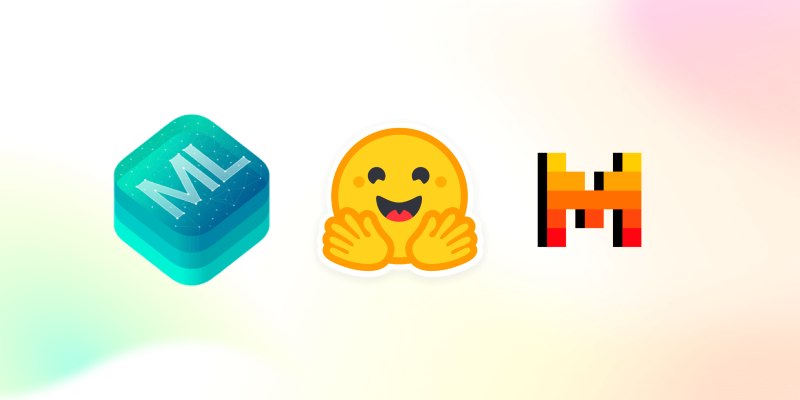
Can you really run a 7B parameter language model on your Mac? Learn how Apple made Mistral 7B work with Core ML, why it matters for privacy and performance, and how you can try it yourself in just a few steps

Tech leaders face hurdles in developing reliable AI agents due to complexity, scalability, and integration issues.
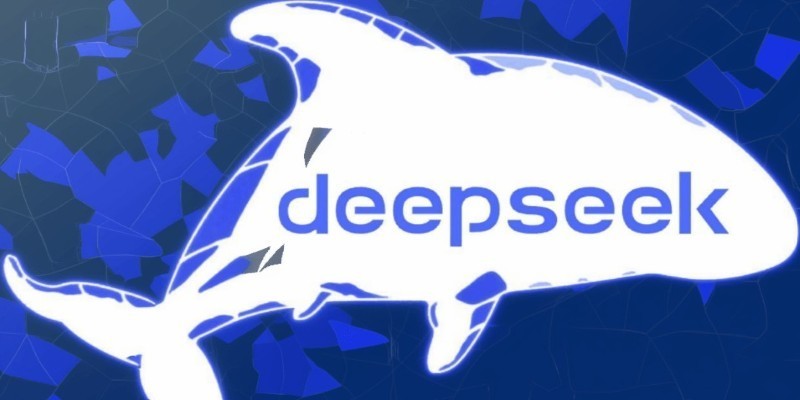
How DeepSeek LLM: China’s Latest Language Model brings strong bilingual fluency and code generation, with an open-source release designed for practical use and long-context tasks
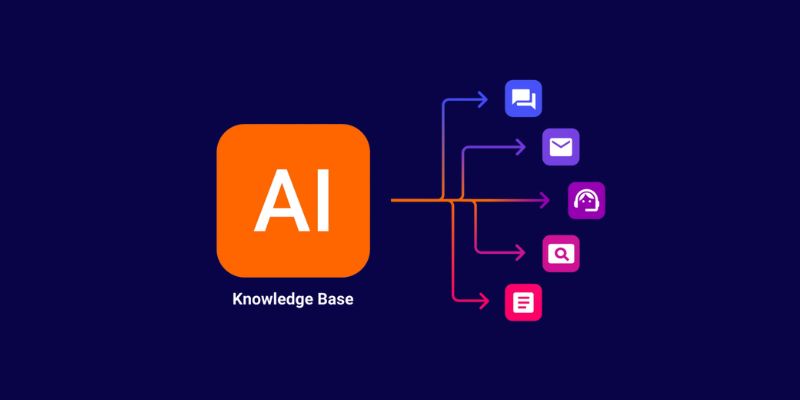
Transform any website into an AI-powered knowledge base for instant answers, better UX, automation, and 24/7 smart support

NPC-Playground is a 3D experience that lets you engage with LLM-powered NPCs in real-time conversations. See how interactive AI characters are changing virtual worlds

Learn how to write a prime number program in Python. This guide walks through basic checks, optimized logic, the Sieve of Eratosthenes, and practical code examples
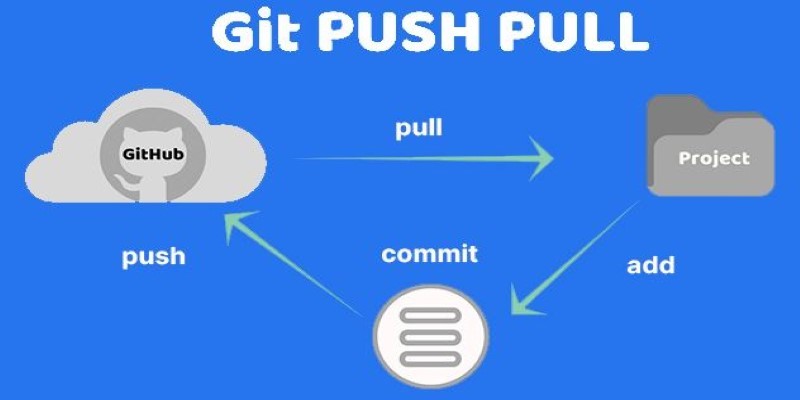
Still unsure about Git push and pull? Learn how these two commands help you sync code with others and avoid common mistakes in collaborative projects
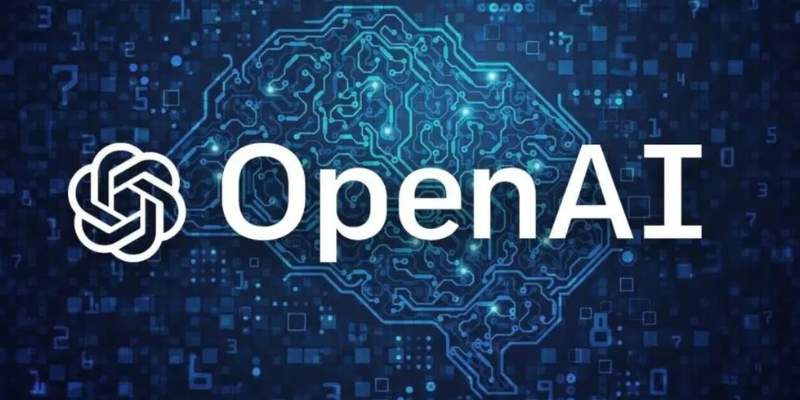
Explore key features, top benefits, and real-world use cases of OpenAI reasoning models that are transforming AI in 2025.
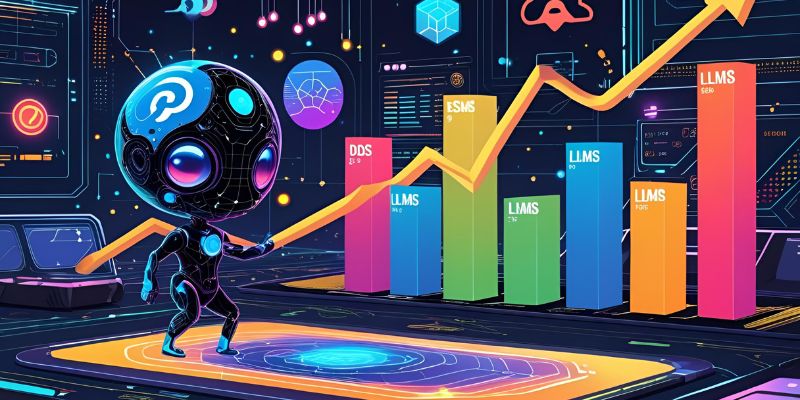
Gemma 3 mirrors DSLMs in offering higher value than LLMs by being faster, smaller, and more deployment-ready
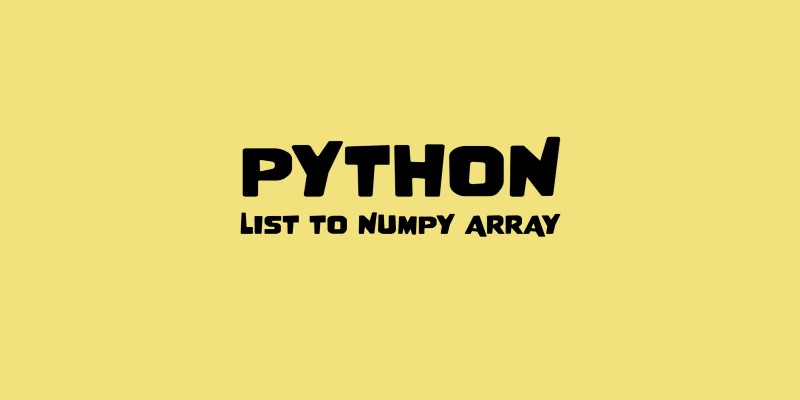
Need to convert a Python list to a NumPy array? This guide breaks down six reliable methods, including np.array(), np.fromiter(), and reshape for structured data

Discover how to generate enchanting Ghibli-style images using ChatGPT and AI tools, regardless of your artistic abilities
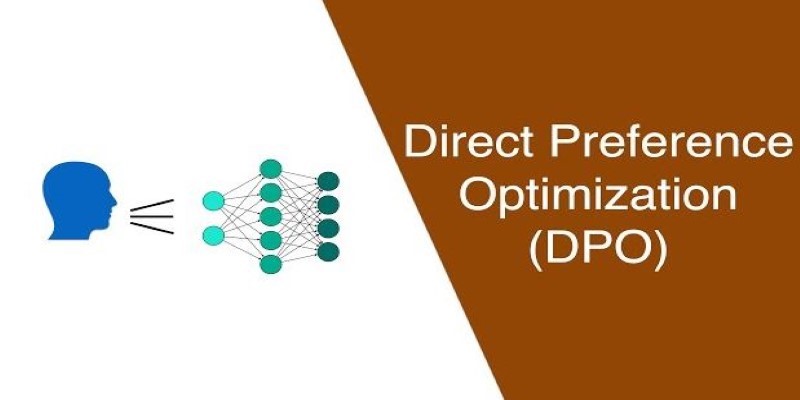
How Direct Preference Optimization improves AI training by using human feedback directly, removing the need for complex reward models and making machine learning more responsive to real-world preferences